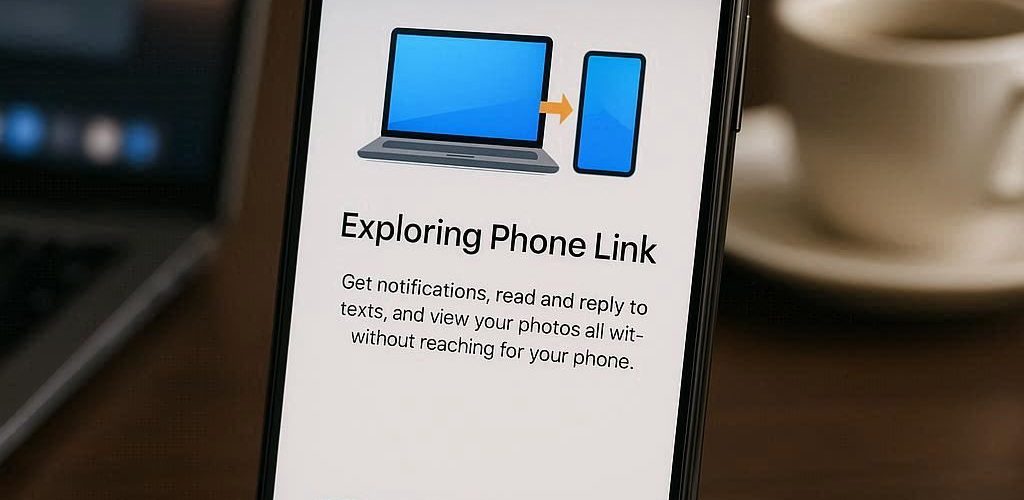Recently, I took the plunge and started using Phone Link on my iPhone in conjunction with my Windows 11 PC. My initial experiences with the app weren’t entirely positive, but after a bit of persistence, I finally got it working. For those unfamiliar, Phone Link is a Windows app designed to enhance the integration between your phone and your PC, allowing for notifications, calls, and messaging to be managed from your desktop.
At first glance, the concept is exciting. Imagine seamlessly continuing a conversation from your phone to your PC or receiving texts while you’re focused on a project. However, as I delved deeper into the app, I found myself feeling somewhat let down by its limited functionality—especially as an iPhone user.
One of the primary limitations I encountered was the stark absence of multimedia messaging capabilities. Being able to send pictures, videos, or animated GIFs from Phone Link would dramatically enhance the user experience. In an age where visual communication is so integral to our daily interactions, this shortcoming feels particularly notable. While I understand that the app was designed primarily with Android users in mind, many of the interactions we take for granted—like quick multimedia sharing—are essential for any modern communication tool.
The integration with Windows 11 does provide essential functionalities such as access to notifications and messages. However, managing those notifications can be cumbersome. The experience often feels fragmented, and the absence of a cohesive, multi-platform ecosystem can lead to a frustrating user experience. For instance, being able to respond to a text while working in a document is great, but the inability to send images or rich media makes it seem like half the work is left undone.
It’s worth wondering whether Microsoft has plans to roll out additional features for iPhone users of Phone Link. In today’s tech landscape, user feedback is crucial. Companies often prioritize updates based on demand, so it’s essential for users like me to voice our needs for improved functionality. Even small improvements would make a world of difference. A simple update that includes the ability to send and receive media could take the app from being merely functional to truly effective.
Moreover, there’s a need for better integration regarding app functionality and performance. Many users prefer an end-to-end solution that doesn’t involve constant switching between devices. This interaction can feel disjointed, and often I find myself reaching for my phone just to share a quick image or video, which defeats the purpose of using Phone Link in the first place.
In conclusion, while Phone Link for iPhone offers a glimpse into a more integrated digital life between your phone and PC, it currently feels limited. I remain hopeful that Microsoft sees the potential for expansion in its offerings, especially for us iPhone users who desire that seamless connection. The innovation in app development often thrives on user input, and I encourage fellow users to share their experiences and suggestions. Hopefully, we can look forward to updates that will enhance our use of Phone Link with the richness of features we know is possible.





Add comment